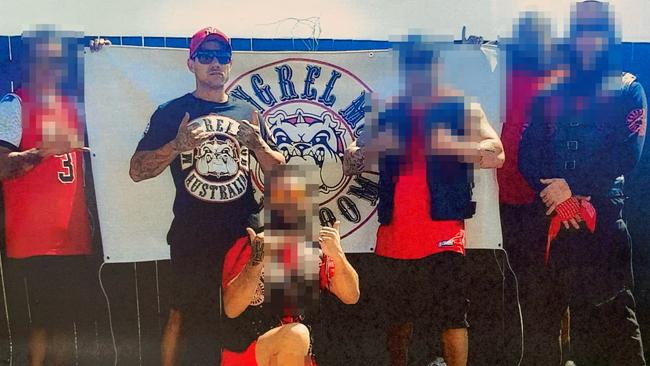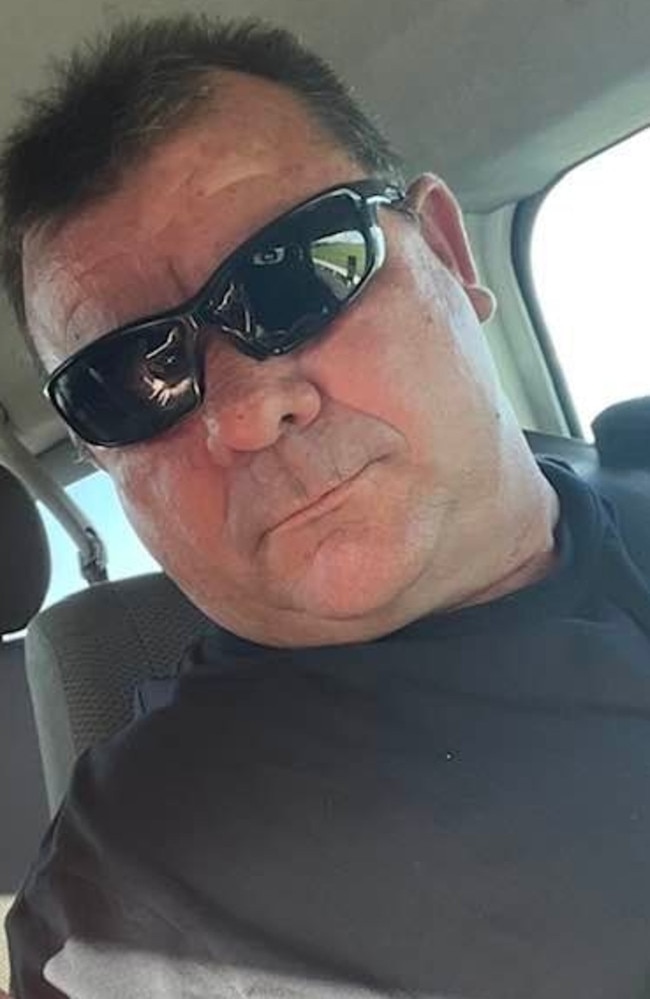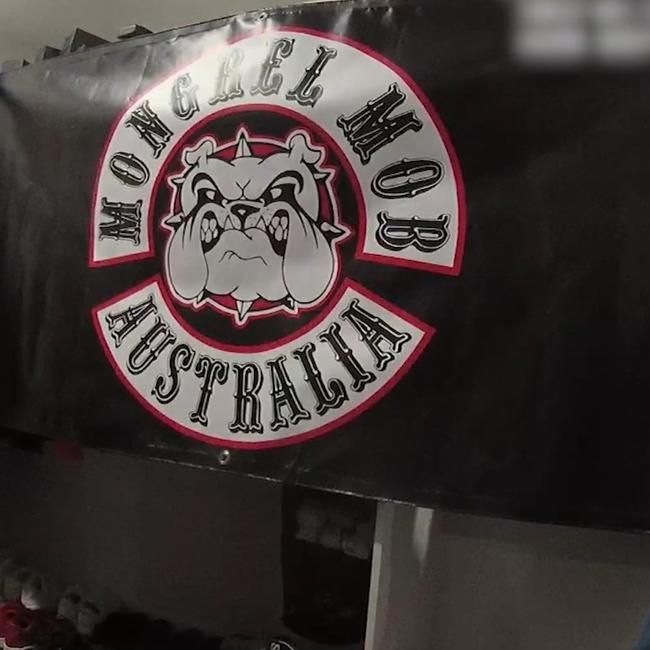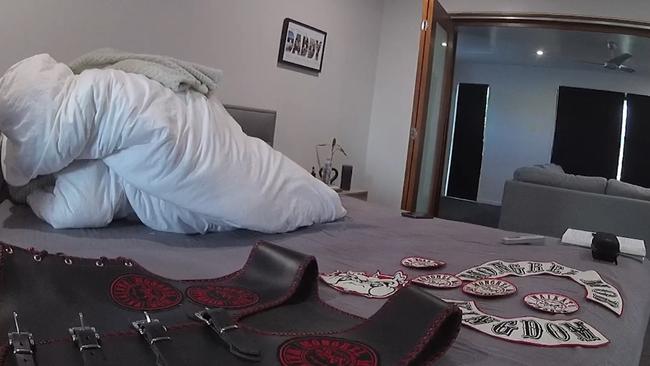Mongrel Mob: Mackay detective explains gang origins
Fresh details have emerged over outlaw groups in Mackay after detectives smashed open what they believe to be a trafficking network linked to an international street gang. Read about its origins.
Police & Courts
Don't miss out on the headlines from Police & Courts. Followed categories will be added to My News.
Questions have arisen over outlaw groups in Mackay after detectives smashed open what they believe to be a trafficking network linked to an international street gang.
Codenamed Sierra Asteroid, the police operation targeted alleged organised crime and drug trafficking in Mackay by OMCG The Mongrel Mob.
As a result two men were arrested including alleged Mackay chapter president Karl Robert Bailey, 30, who is facing a string of serious charges including drug trafficking and supply and recruiting persons into criminal organisation.

Mackay man Colin McKay, 49, who is alleged to be an associate of Mr Bailey, was also arrested and charged with drug trafficking and other drug-related charges.
This was the first time Mackay region detectives had targeted the Kiwi gang in a police operation.
Detective Acting Senior Sergeant Tim Heller said Sierra Asteroid began in October 2020, by which point the Mongrel Mob was allegedly “emerging and established by that time” in Mackay.

The Mongrel Mob fall under the same umbrella as outlaw motorcycle gangs and were outlawed in Queensland in 2018.
“The QPS view the Mongrel Mob as a group similar to the Rebels or the Bandidos and we target them exactly the same,” Sergeant Heller said.
The Mongrel Mob was formed in the 60s in New Zealand by a group of predominantly Maori men who “took the philosophy that they wanted to live outside society’s general rules of expectations”, Sergeant Heller said.

“They wanted to be lawless, violent and offensive and form a group to present that to the public,” he said.
It initially began as a street gang but has since moved into a street/bikie gang hybrid, Sergeant Heller said.
“They have the vests and the patches, then they started to ride around on Harleys because they started to morph into that identity,” he said.
The group’s colours are black and red and the insignia featured on patches and flags is a British bulldog wearing a German Stahlhelm with a “rocker” containing the logo above and below, similar to that of the bikie gangs.

Sergeant Heller said it was thought the group chose this look to piggyback off the fear instilled by the bikie groups such as the Hell’s Angels, also emerging in New Zealand in the 1960s.
Although it is still most prevalent in New Zealand, there were chapters throughout Australia including in Mackay and other parts of Queensland.

“The chapters in Australia are still linked to the mother clubs over in New Zealand,” Sergeant Heller said.
“A lot of their funding and organisational structures are based off the chapters in New Zealand as well.
“And when a chapter is formed in Australia they have to be sanctioned by the head chapters over in New Zealand.”
Whenever outlaw gang-related crime was identified in Mackay, Sergeant Heller said it was prioritised and targeted.
“We target it because it’s not welcome in our community,” he said.
“It’s always been an organisational priority of the QPS to target (outlaw groups) because of the links to organised crime and the drug trade.”





